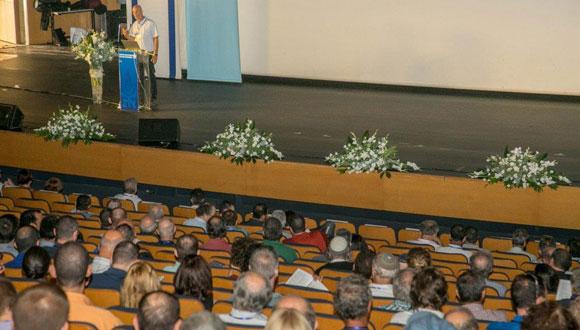Physics Colloquium: Friction is Fracture: the physics of frictional motion (and earthquake dynamics)
Jay Fineberg, Hebrew University
Abstract:
Friction is generally described by a single degree of freedom, a ‘friction coefficient’. We experimentally study the space-time dynamics of the onset of dry and lubricated frictional motion when two contacting bodies start to slide. We first show that the transition from static to dynamic sliding is governed by rupture fronts (closely analogous to earthquakes) that break the contacts along the interface separating the two bodies. Moreover, the structure of these "laboratory earthquakes" is quantitatively described by singular solutions originally derived to describe the motion of rapid cracks under applied shear. We demonstrate that this framework quantitatively describes both earthquake motion and arrest. A further surprise is that lubricated interfaces, although “slippery”, actually becomes tougher; lubricants significantly increase dissipated energy during rupture. The results establish a new (and fruitful) paradigm for describing friction.
Event Organizer: Dr. Liron Barak


